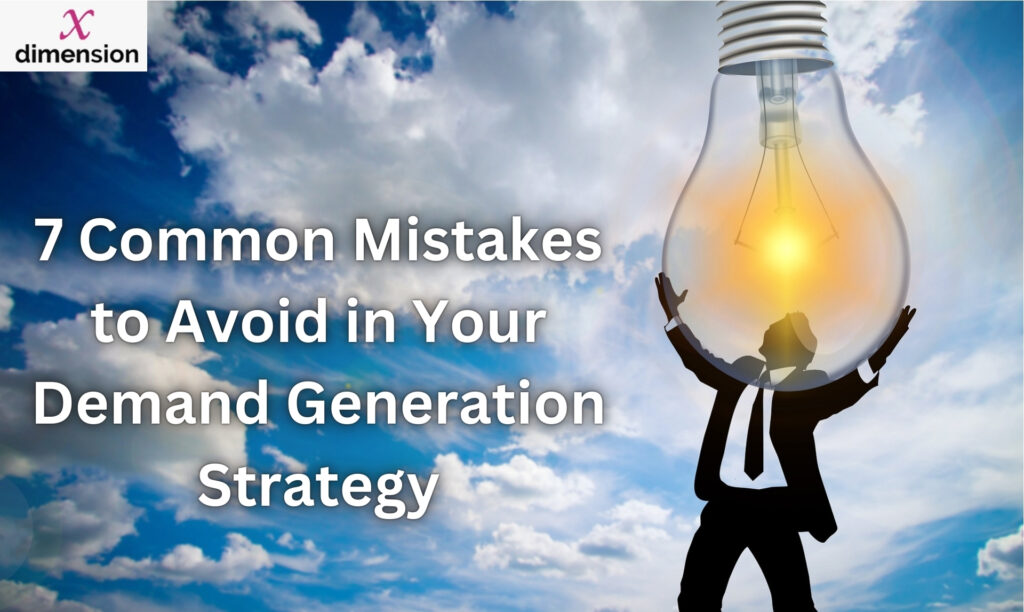As a demand generation executive, it is crucial to have a solid understanding of the mistakes that can hinder the success of your strategy. In this article, we will discuss seven common mistakes to avoid in your B2B demand generation efforts. By being aware of these pitfalls and taking the necessary steps to address them, you can significantly improve the effectiveness of your demand generation strategy.
1. Neglecting to Define Your Target Audience

One of the biggest mistakes in demand generation is not clearly defining your target audience. Without a clear understanding of your ideal customer profile, it becomes challenging to create relevant and targeted marketing campaigns. Take the time to identify and define your target audience’s pain points, challenges, and needs. This information will help you tailor your messaging and outreach efforts to resonate with your audience.
2. Failing to Align Sales and Marketing
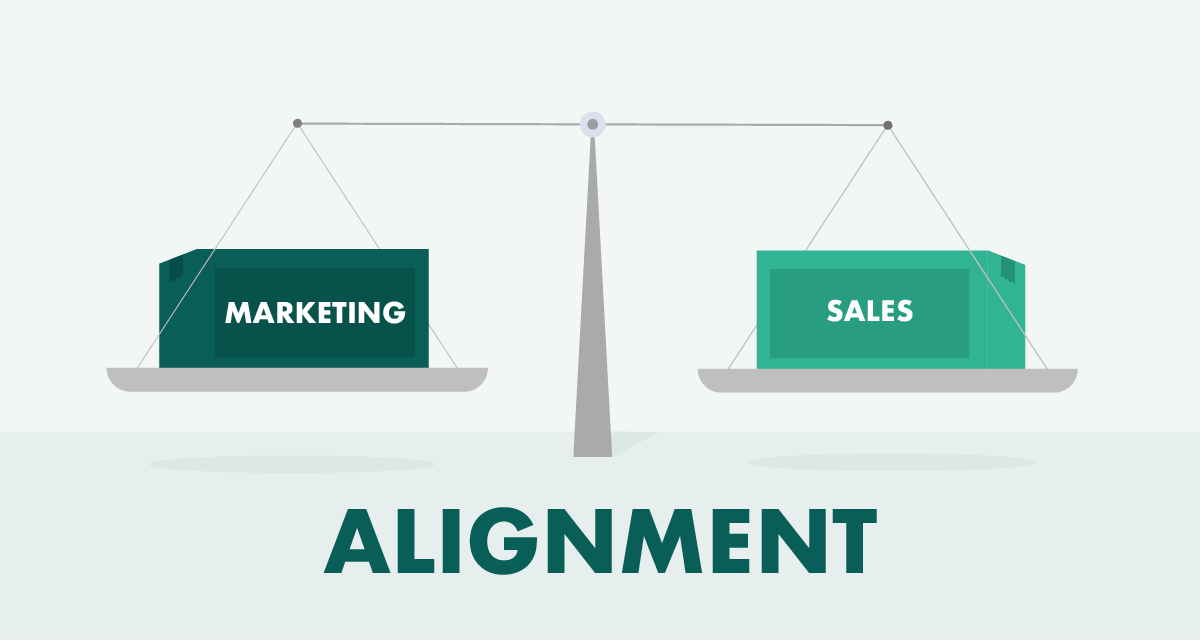
A lack of alignment between sales and marketing teams can have a detrimental impact on your demand generation strategy. It is essential to establish clear communication channels and align goals and objectives between these two departments. By working together, marketing can provide sales with qualified leads, and sales can provide feedback on lead quality and conversion rates. This collaboration ensures that your demand-generation efforts are aligned with your overall business goals.
3. Overlooking the Importance of Content Marketing
Content marketing plays a crucial role in demand generation. Unfortunately, many companies overlook this aspect and focus solely on lead-generation tactics. Content marketing allows you to educate and engage your target audience by providing valuable and relevant information. By creating high-quality content that addresses your audience’s pain points, you can establish yourself as an authority in your industry and generate valuable leads.
4. Neglecting Lead Scoring and Nurturing
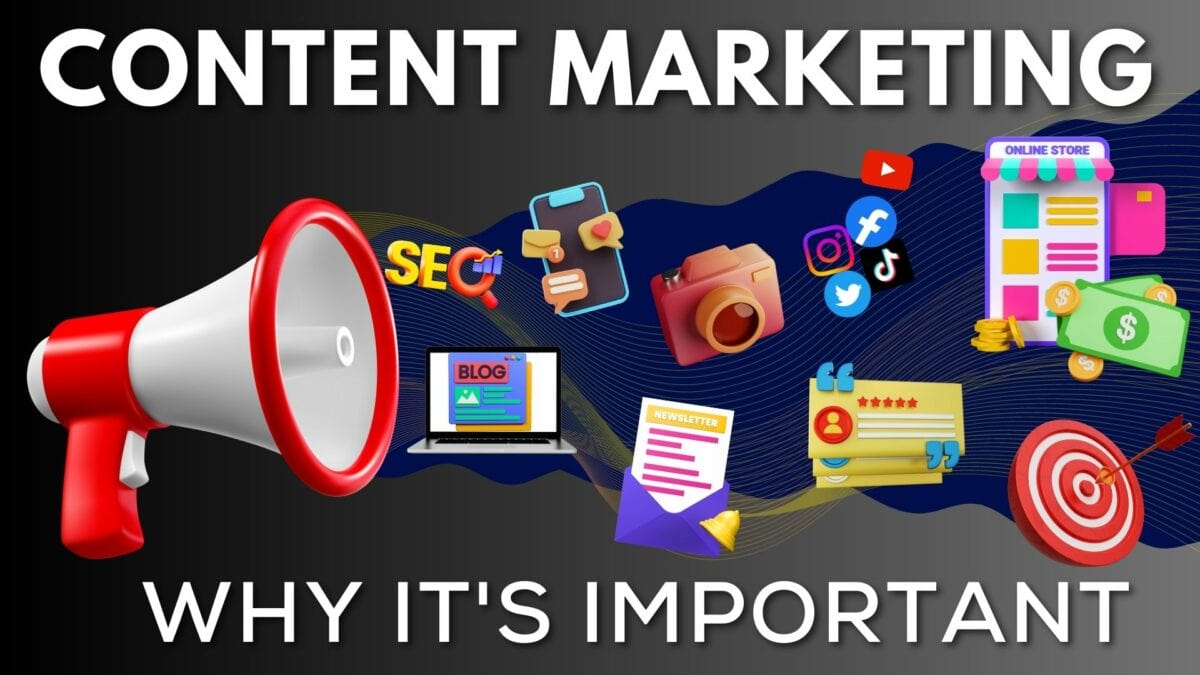
Lead scoring and nurturing are essential components of a successful demand-generation strategy. Without lead scoring, you may waste valuable time and resources on leads that are not ready to make a purchase. Implement a lead scoring system that helps you prioritize and focus on leads with the highest potential to convert. Additionally, lead nurturing is crucial for staying top of mind with your prospects and moving them through the sales funnel.
5. Failing to Leverage Data and Analytics

In today’s digital age, data is king. Failing to leverage data and analytics can limit the effectiveness of your demand generation strategy. By analyzing data, you can gain insights into your target audience’s behavior, preferences, and buying patterns. This information enables you to make data-driven decisions and optimize your marketing campaigns for maximum impact.
6. Ignoring the Power of Personalization

Personalization is key to capturing the attention and interest of your target audience. Generic and one-size-fits-all marketing messages tend to get lost in the noise. Instead, focus on delivering personalized experiences by tailoring your content, emails, and advertisements to specific segments of your audience. By doing so, you can create a deeper connection with your prospects and increase your chances of conversion.
7. Underestimating the Importance of Testing and Optimization

Even the most well-thought-out demand-generation strategies require continuous testing and optimization. Underestimating the importance of these activities can lead to missed opportunities and stagnant growth. Regularly test different messaging, offers, and channels to identify what resonates best with your target audience. Use the data gathered from these tests to optimize your campaigns and maximize your results.
What are Demand Generation Strategies?
Demand generation strategies are methods that businesses use to create interest and awareness in their products or services. These strategies aim to attract potential customers and encourage them to engage with the brand. Let’s delve into what demand generation strategies are and how they work.
Content Marketing

Content marketing involves creating and sharing valuable content, such as blog posts, videos, and social media posts, to attract and engage the target audience. By providing useful information or entertainment, businesses can build trust and credibility with potential customers, ultimately driving demand for their offerings.
Search Engine Optimization (SEO)

SEO is the process of optimizing a website to rank higher in search engine results pages. By improving their visibility on search engines like Google, businesses can increase organic traffic to their website and attract more potential customers. This is essential for generating demand as people often turn to search engines when looking for products or services.
Social Media Marketing
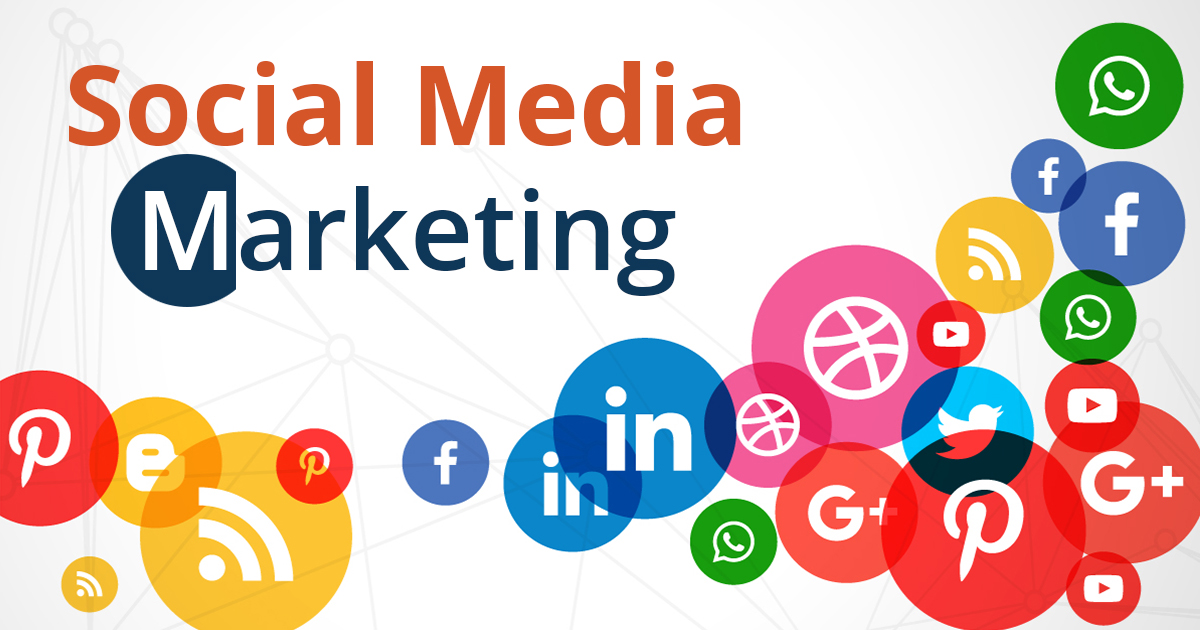
Social media platforms like Facebook, Instagram, and Twitter offer businesses an opportunity to reach and engage with their target audience. Through targeted advertising, engaging content, and community building, businesses can generate demand for their products or services and foster meaningful relationships with customers.
Email Marketing
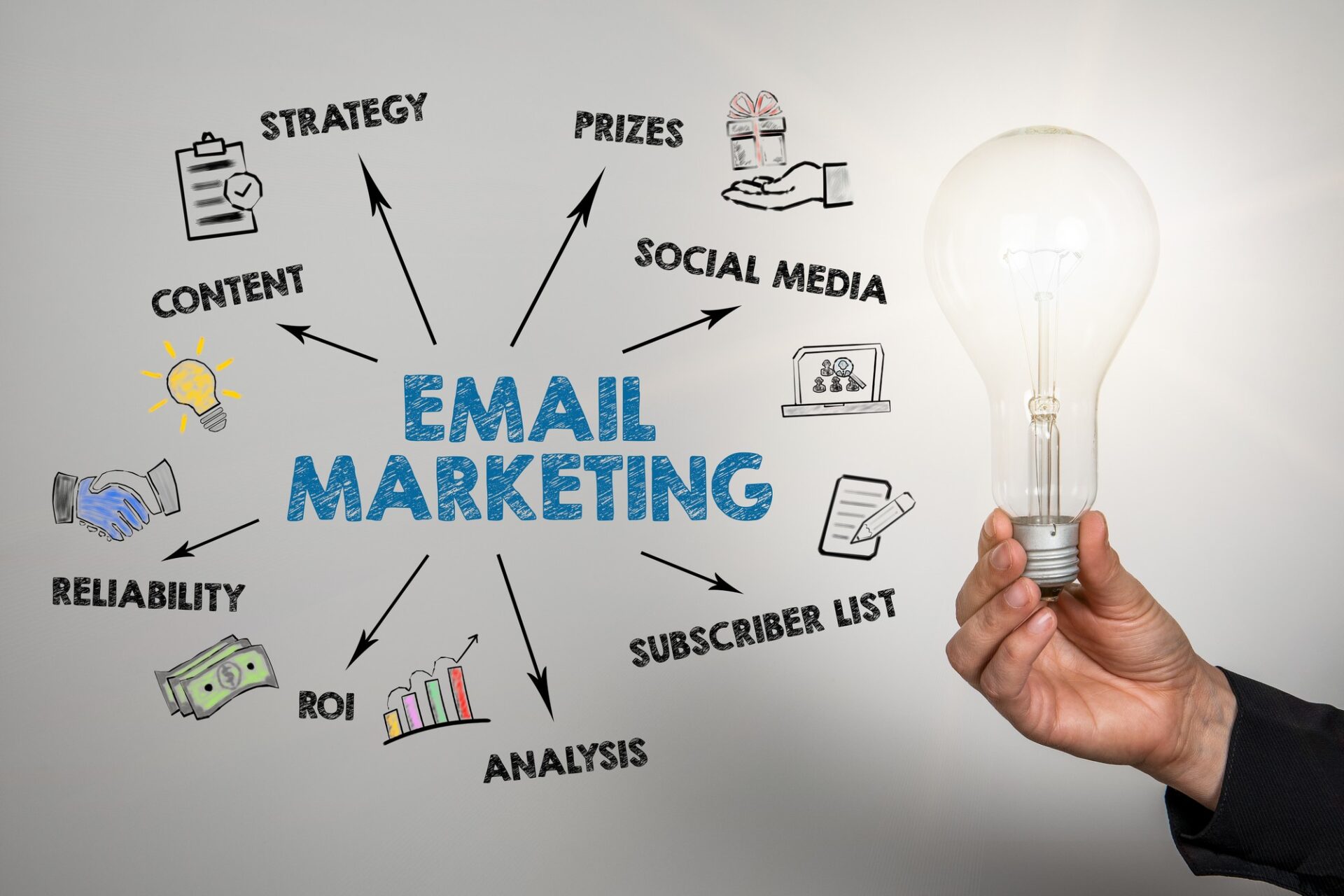
Email marketing involves sending targeted messages to a list of subscribers who have opted in to receive communications from the business. By providing personalized offers, valuable content, and relevant updates, businesses can nurture leads and drive demand for their offerings over time.
Influencer Marketing
Influencer marketing involves partnering with individuals who have a large and engaged following on social media or other platforms. By leveraging the influencer’s credibility and reach, businesses can generate demand for their products or services among the influencer’s audience, which often shares similar interests or demographics.
Paid Advertising
Paid advertising, such as pay-per-click (PPC) ads on search engines or social media platforms, allows businesses to target specific demographics and interests with their marketing messages. By investing in targeted advertising campaigns, businesses can generate immediate demand for their offerings and drive traffic to their website or landing pages.
Event Marketing
Events, such as trade shows, conferences, and webinars, provide businesses with an opportunity to showcase their products or services to a captive audience. By hosting or participating in relevant events, businesses can generate demand, capture leads, and build relationships with potential customers in a more personal and interactive setting.
Demand generation strategies encompass a variety of tactics aimed at creating interest and awareness in a business’s products or services. By leveraging content marketing, SEO, social media, email marketing, influencer marketing, paid advertising, and event marketing, businesses can attract, engage, and convert potential customers into loyal advocates for their brands.
Conclusion
Avoiding these common mistakes in your demand generation strategy is critical to achieving success. By defining your target audience, aligning sales and marketing, leveraging content marketing, implementing lead scoring and nurturing, utilizing data and analytics, personalizing your messaging, and continuously testing and optimizing, you can significantly enhance the effectiveness of your demand generation efforts. Remember, a well-executed demand generation strategy is the foundation of a thriving B2B business.
Transform your demand generation game – steer clear of these 7 common pitfalls today!” Get in touch with us!

